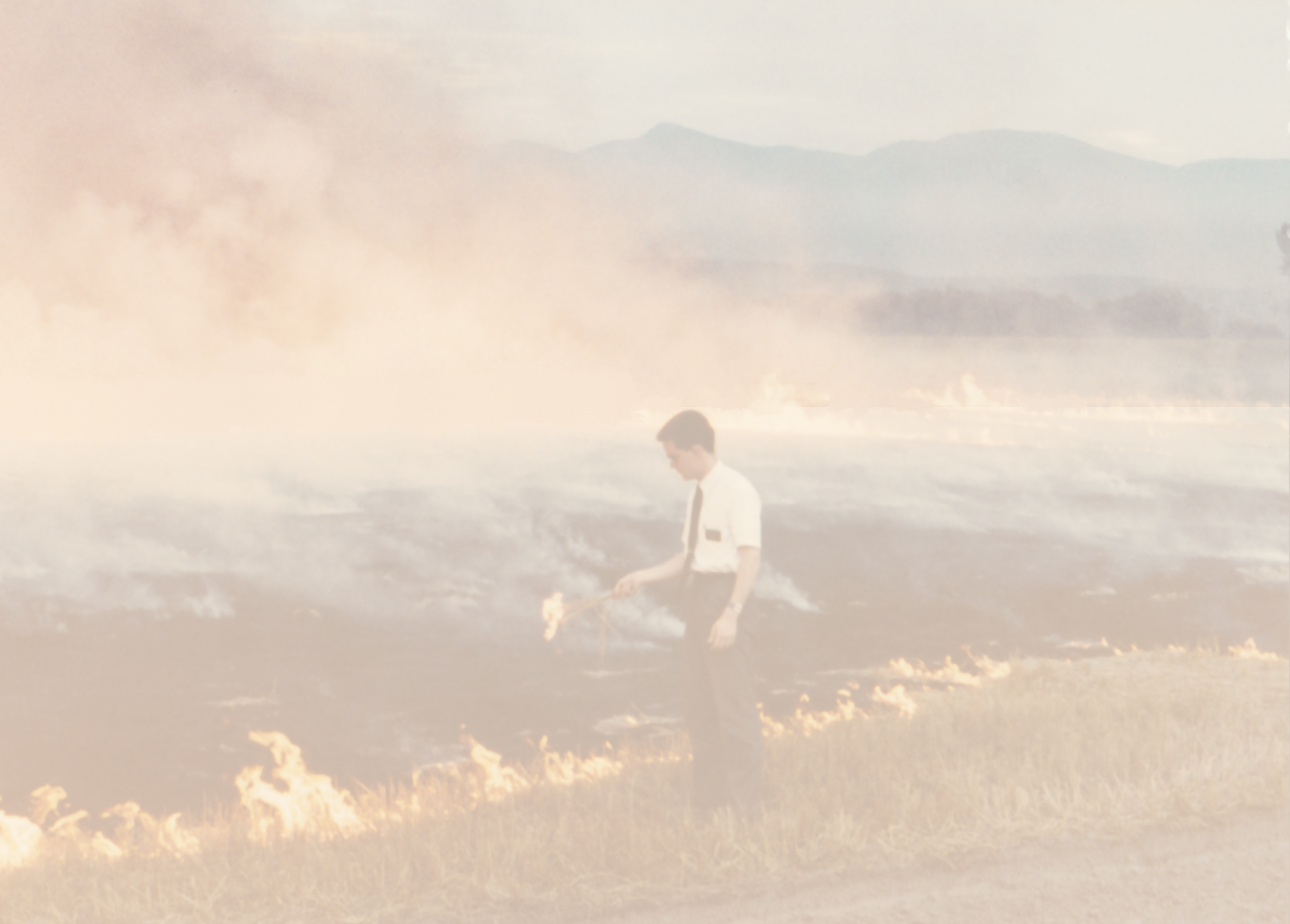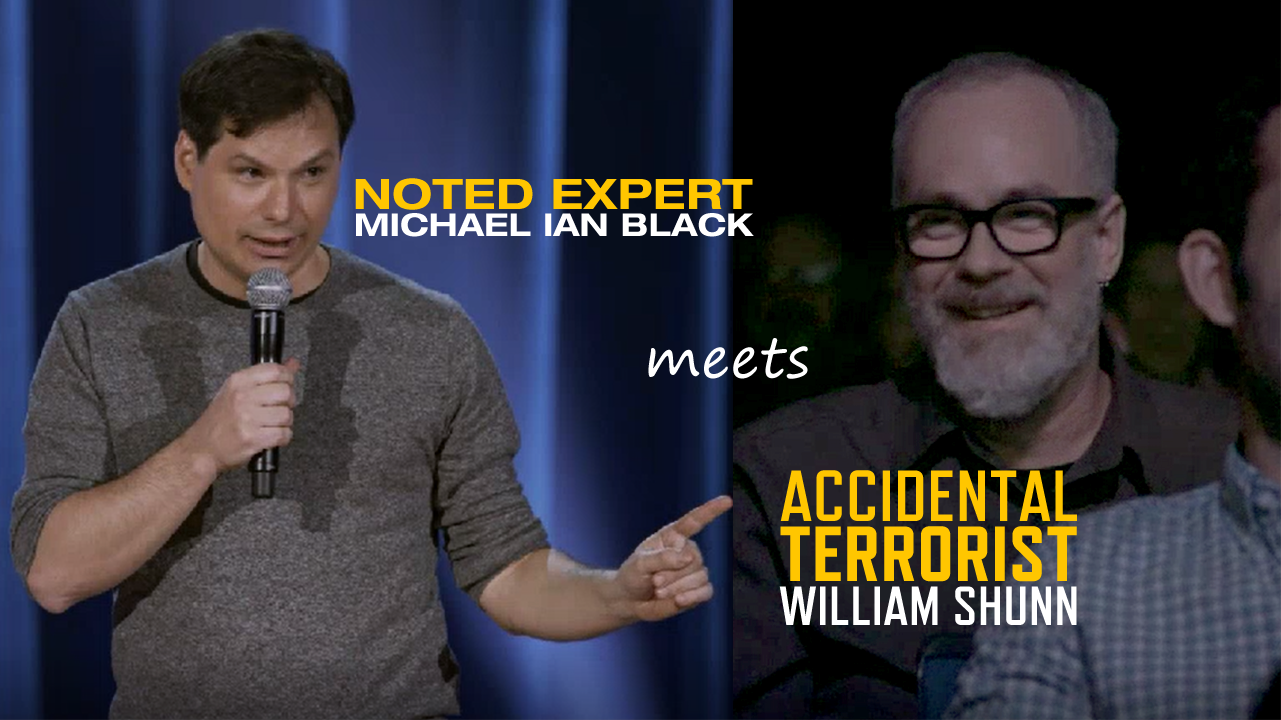We're used to thinking of the movement of an object as homogeneous and instantaneous. In other words, for example, when I give a push to the fat end of my pool cue, the felted end moves at the same time to strike the cue ball.
But I have a question—and I'm asking this because I'm curious about the answer, not because I know the answer. Let's say I had a pool cue that was 186,282 miles long. In other words, light would take a full second to travel from one end of it to the other. So, if I were to give my end of this pool cue a push, would the far end move simultaneously? Or would the motion take something more than a second to propagate along the length of the cue (causing it to ripple, as it were)? Physicists, I'm talkin' to you.





